Living Planet
Nature · Earth · ClimateNature Notes: November 2024
DOWN TO EARTH
Not only were we entertained by signs in the heavens but fungi in all shapes and sizes have been springing up from the hidden galaxies beneath our feet.
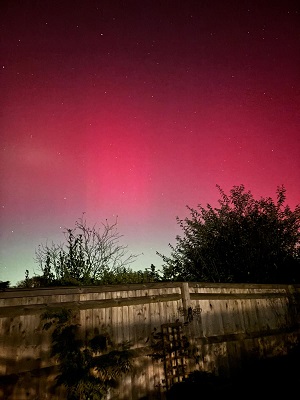
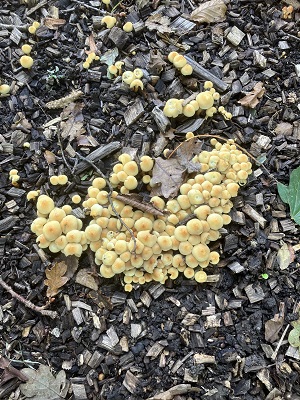
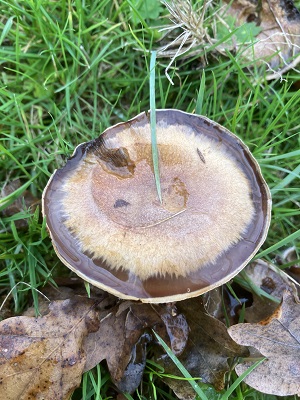
Highlights of October: skies splashed with colour from the Northern Lights, a bright 'Hunter's Moon' and the glow of a comet last seen 80,000 years ago; sun-gleams on tree-trunks darkened after heavy rain; emerging creatures bathing in the rays and rising steam - rabbits, two rare great blue herons, late flying dragonflies, red admirals, three grazing deer (one still a fawn) and hosts of fairy-like daddy-long legs flying up from long grass with gossamer wings; bouquets of frilly fungi; a yellow-tinged willow warbler seeking shelter in my garden as they cut and mulched the corn; a snail the size of a blackbirds eye on my back door; the soft coils of wormcasts aerating our water-logged soils.
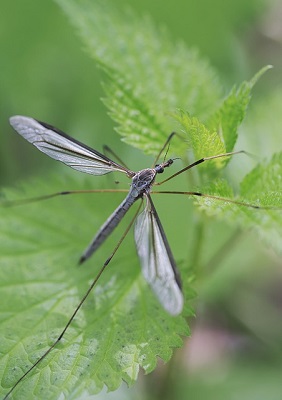
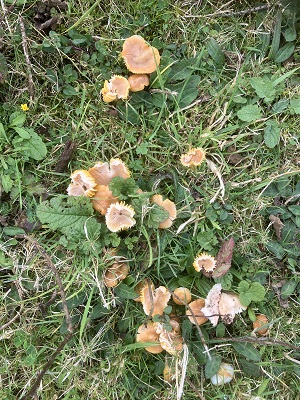
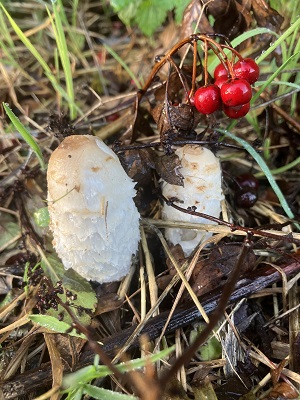
Lowlights: mucking up the rescue of a dear little squab, crawling with green bottle flies as it tried to shelter under brambles in the pouring rain; early tractor trimming of hedgerows strimming off nature's larder of all berries and seeds, needed by birds and mammals when it gets colder; finding three wasp and two hornets' nests (important crop and plant pollinators) also exposed and disturbed in and around cut hedges within a 4 mile radius of the village; The Living Planet Report revealing global wildlife populations have shrunk by an average of 73% in the past 50 years, due mainly to habitat degradation and loss.
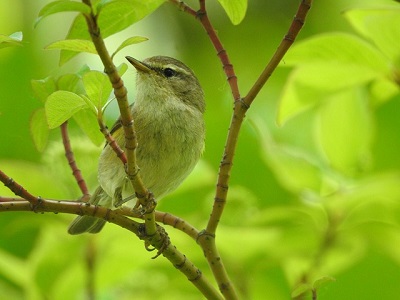
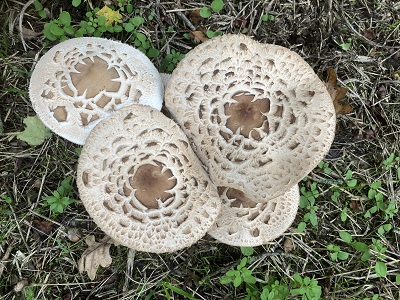
Key Messages: consider all creatures outside, snug inside stems and sleeping under leaf duvets and don't tidy too much. Be kind and trim one side or leave hedge-cutting for every 3 years to ensure food and vital shelter for our birds and mammals in the winter.
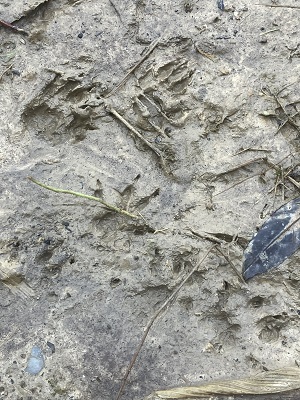
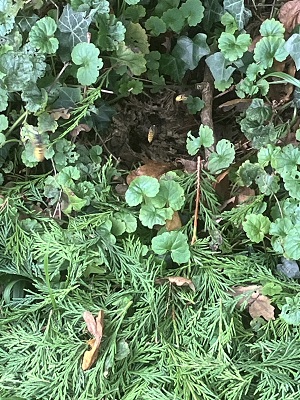
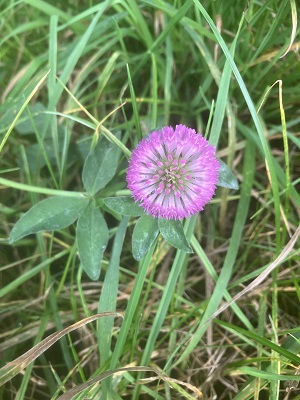
What to see/hear in November: - beetles retreating underground or under logs; ladybirds gathering 'en masse' under bark, in window frames and sheds/garages to spend the winter; the male Northen Winter Moth, resting atop more sheltered bracken fronds before flying at night; crimson tinged leaves; tinkle-bell tunes of crested waxwings from Scandinavia looking for rowan berries; the Leonid meteor shower.
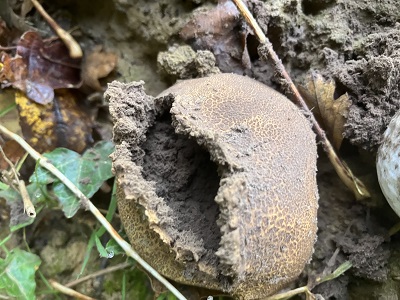
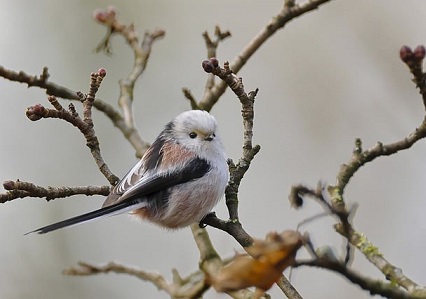
More likely to see/hear/smell: the Beaver full moon; mingling flocks of thrushes, incoming redwings and fieldfares; goldfinches, chaffinches and bramblings; jackdaws and rooks (in old rookeries exposed by falling leaves); the happy chatter of long-tailed tits visiting garden feeders for fat balls; tracks in the mud; the colours, textures and earthy aromas of mosses, lichens and more funky fungi.
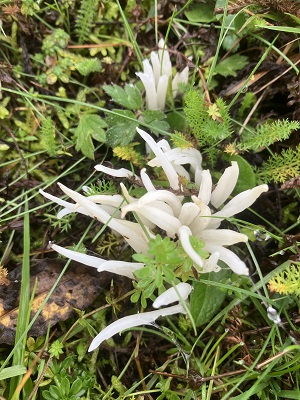
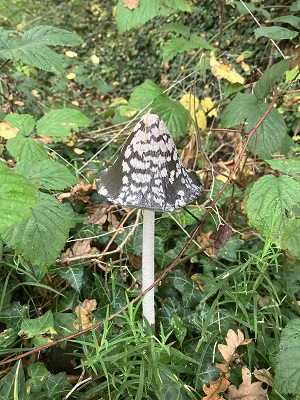
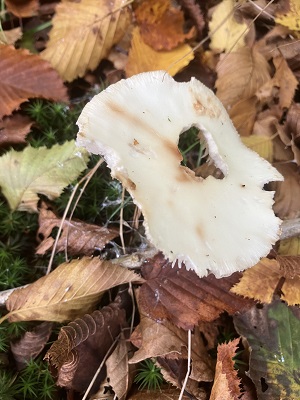
What you can do to help this month - reflect and re-focus:
- Forget Fireworks - instead visit a much more spectacular and environmentally-friendly local 'Drone light show extravaganza' e.g., 'A Christmas Carol' at the Sussex Cricket Ground.
- On Remembrance Sunday give thanks for all the animals that also gave their lives amongst a barrage of loud gunshots during our world wars and Resolve to do something positive for plants and wildlife on 30th November which is Remembrance Day for Lost Species.